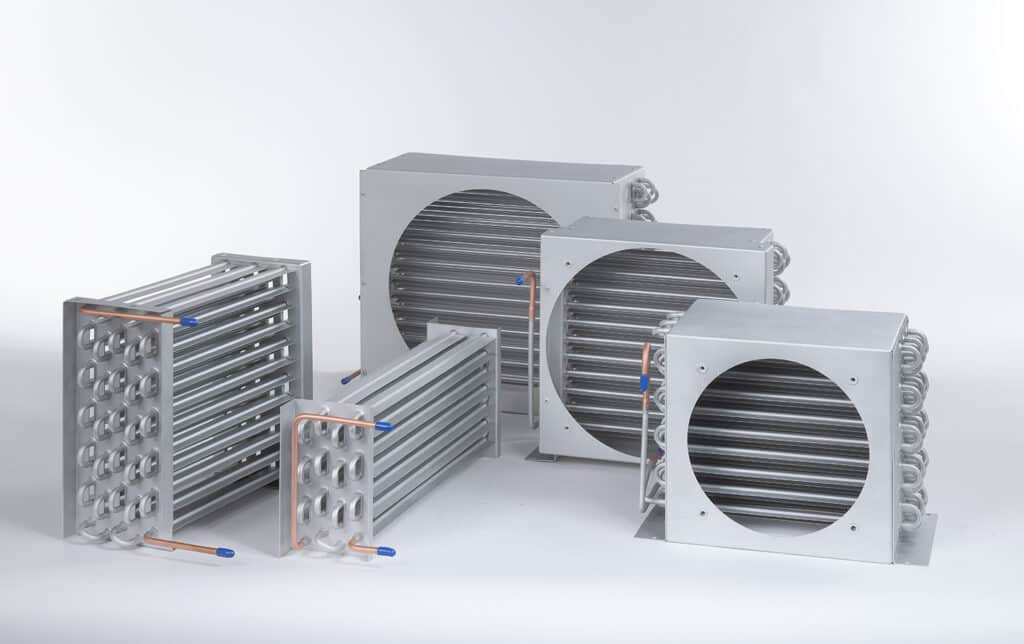Table of Contents
Any refrigerator must have effective cooling, and the evaporator is a key component of this process. You may reduce energy expenses and extend the life of your appliance by optimizing cooling efficiency. To get the highest performance possible, select the best refrigerator evaporator. Many elements, including the material and design, influence how successful it is. We’ll explore the best choices out there and highlight their features and advantages in this guide. Maintaining a continuously cool atmosphere requires an awareness of refrigerator evaporators, whether you’re a technician looking for the finest solutions for your clients or a homeowner wishing to update.
lets have a quick look on Maximize Energy Savings: Monitor Refrigerator Amp Draw
Improve Cooling Effectiveness: Top Refrigerator Evaporator Models
The evaporator is an important component within refrigeration systems since it collects air heat, helps refrigerant convert from liquid to vapor, and efficiently removes heat from the refrigerator’s interior. Understanding the minute differences between refrigerator evaporator designs is important to improve cooling efficiency.
Design of Evaporator Coils:
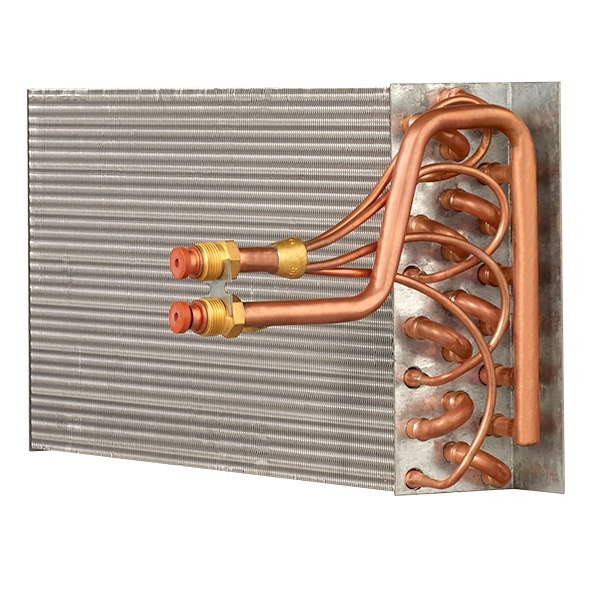
The evaporator coil’s design is fundamental to effective cooling. Ordinary evaporators frequently use empty pipe setups, in which refrigerant passes through a system of tubes that are open to the outside air. Despite their straightforward construction, bare tube evaporators may have issues with heat transfer efficiency, particularly in high-pressure situations or in settings where heat from the air is not effectively absorbed.
Modern refrigeration systems are adopting more advanced evaporator coil designs to address these issues. One such innovation is using two evaporator setups, frequently seen in more expensive versions or those with specialized cooling compartments. Dual evaporators provide accurate temperature control and stop heat from the air in one compartment from affecting the other by separating cooling zones. This ensures that food items stored in the refrigerator are kept in the best possible condition.
Optimizing the Evaporator Fan
The evaporator fan, along with coil design, is a key component in optimizing cooling efficiency. The evaporator fan, which moves air across the evaporator coil, guarantees consistent cooling throughout the refrigerator’s interior. Maintaining steady airflow is necessary to avoid situations such as ice formation on the evaporator coil, which may block heat exchange and reduce cooling efficiency. A properly operating evaporator fan motor can help achieve this.
Moreover, adaptive cooling is made possible by incorporating an evaporator fan with variable speed capabilities, which modifies airflow in response to temperature demands. This improves energy efficiency while reducing problems like refrigerator evaporator coil freezing, which can result from insufficient airflow and impair cooling effectiveness.
Mechanisms of Defrosting:
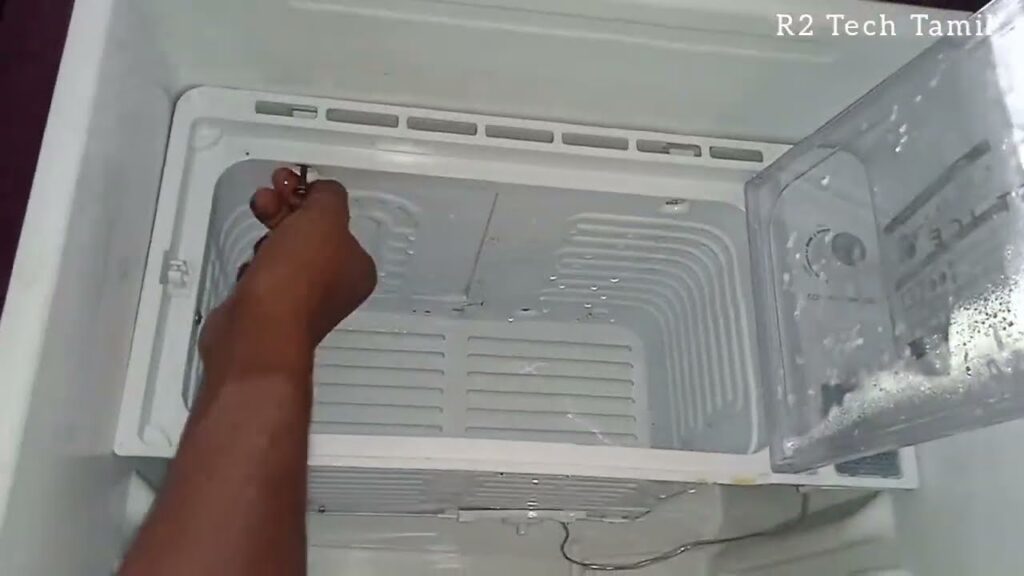
Refrigerators use adaptive defrost controls or defrost timers to manage ice formation on the evaporator coil and preserve optimal performance. Since accumulated ice acts as an insulator, cooling effectiveness decreases, and heat transfer is blocked. Frequent defrost cycles or on-demand defrost systems avoid situations like ice buildup on the evaporator coil, guaranteeing continuous cooling and protecting food’s freshness.
Integration of Air Handlers:
The air handler is a key component of cooling systems that facilitates heat exchange between the surrounding air and the refrigerant. The air handler maximizes heat removal efficiency by optimizing airflow across the evaporator coil, whether it is a component of a refrigeration system or a stand-alone air conditioner.
The handler’s efficient blower fan operation guarantees steady airflow, which promotes uniform cooling and avoids problems like frost development on the refrigerator evaporator coil or uneven cooling. By ensuring correct airflow velocity and distribution, the air handler improves the refrigeration system’s overall efficiency and prolongs equipment lifespan.
Improve Cooling Performance with Cutting-Edge Evaporator Technologies
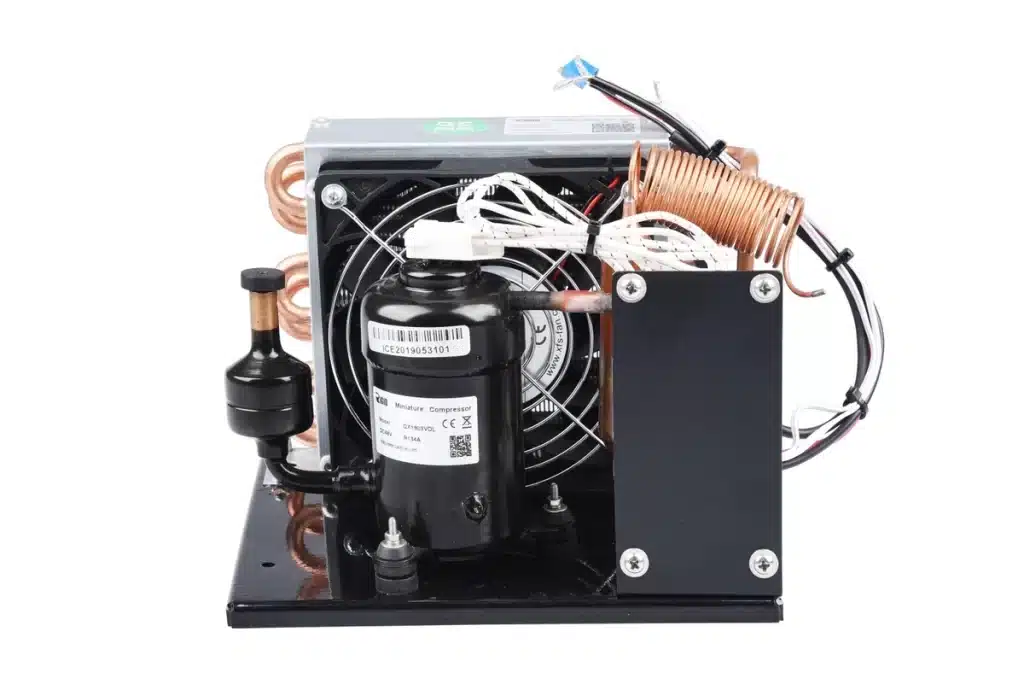
Manufacturers are utilizing innovative evaporator technology to increase cooling efficiency as demand for high-performance, energy-efficient refrigeration products rises. The development of the microchannel evaporator coils is one such innovation that is becoming popular. Microchannel coils, in contrast to conventional fin-and-tube designs, have more complex fin structures and smaller tube sizes, which improve heat transmission capacities while using less material and refrigerant.
These microchannel evaporators are perfect for applications with limited space because of their compact form, enhanced heat transfer efficiency, and decreased refrigerant volume. Moreover, their improved durability and corrosion resistance help extend the systems’ life and save maintenance costs.
Furthermore, improvements in evaporator fan technology are transforming refrigeration systems’ airflow control. Intelligent control algorithms combined with variable-speed evaporator fans allow for exact airflow modulation, adjusting cooling output to actual demand. In addition to maximizing energy efficiency, this dynamic airflow control improves internal refrigerator temperature uniformity, guaranteeing reliable cooling while reducing energy waste.
Through the utilization of these cutting-edge evaporator technologies, manufacturers may create refrigeration systems that not only fulfill but surpass consumers’ increasing demands for eco-friendly, high-performance cooling options. Future evaporator design breakthroughs could lead to even greater improvements in the performance and sustainability of refrigeration systems globally, provided that research and innovation continue.
Improving Cooling Effectiveness: Novel Approaches to Evaporator Design
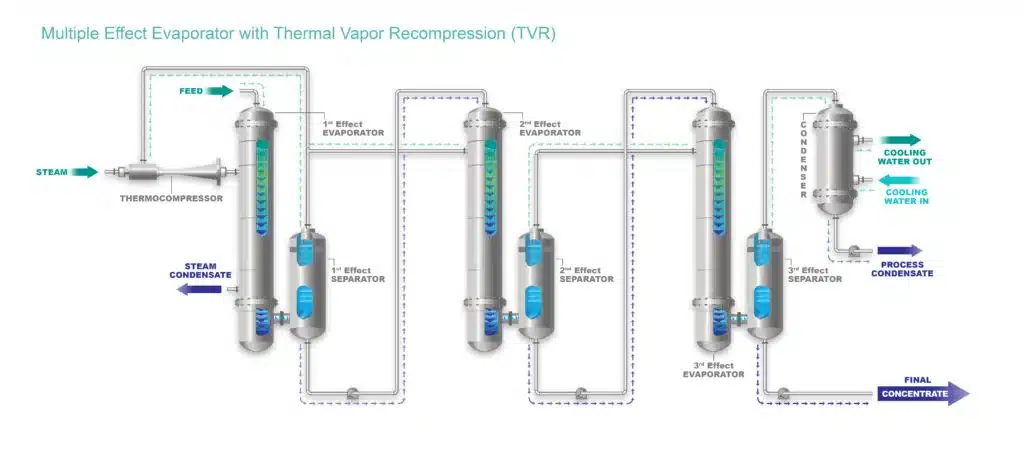
Continuous improvements in evaporator design are shaping the future of refrigeration systems, with the aim of greater cooling efficiency. The incorporation of improved surface geometries stands out as a significant advancement among these advancements. Microgrooves, dimples, and expanded surfaces are a few features that manufacturers can add to the evaporator coil to greatly enhance the surface area available for heat transfer.
These cutting-edge surface features maximize heat transfer rates and raise system efficiency by encouraging rapid flow and upending boundary layers. Further improving evaporator performance and longevity are coatings and surface treatments that will enhance heat transfer while preventing corrosion and fouling, due to developments in materials science.
Conclusion:
To sum up, the key to optimizing refrigeration systems’ cooling efficiency is maximizing the evaporator’s design and operation. Every part, from coil design to evaporator fan operation and defrost mechanisms, is essential to maintaining food quality and enabling continuous chilling operation.
By adopting innovations like dual evaporator layouts and integrated air handler technologies, manufacturers can produce refrigerators that prioritize dependability and energy economy in addition to performance. In this guide, ongoing innovation is still essential to satisfying customers’ changing needs for better cooling options that preserve food items’ maximum freshness and shelf life while consuming the least energy and having the least negative environmental effects.
